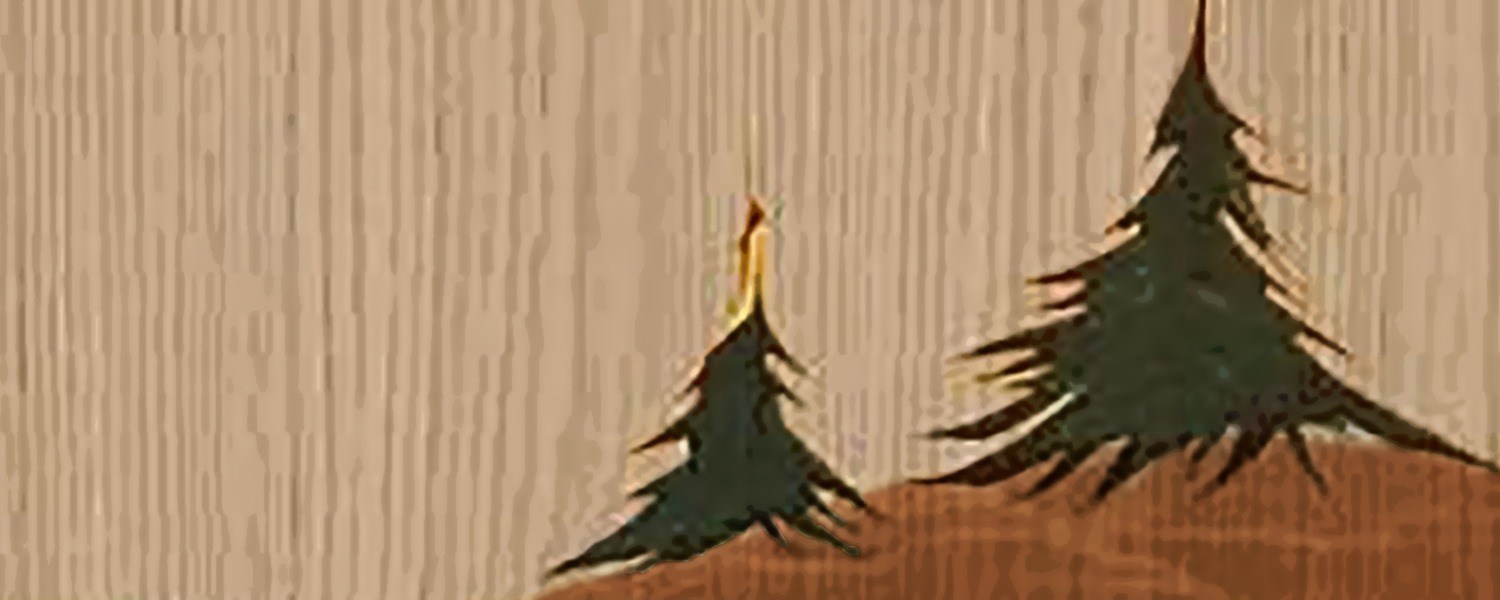Recognizing a constitutional right to Indigenous self-government has been a goal of many communities for a long time. Except in modern treaties, the Canadian constitution has yet to formally recognize the reality that Indigenous communities are self-governing societies. While major constitutional changes can take a long time, there are ways for communities to assert self-government right now, even they are still quite limited.
Some communities rely on existing Canadian legislation to expand their jurisdictions, and even deploy state police to enforce their laws. While the Indian Act is explicitly colonial, communities that are willing to use the band council system it sets up can draw upon a number of powers already recognized in that Act as tools for self-government.
Combining “self-help” with government-to-government negotiation can also lead to a form of self-government. Some communities have organized themselves to assert comprehensive jurisdiction over a matter that is particularly important to them, and courts have recognized Indigenous regulation of matters as diverse as natural resource use and online gambling, in different circumstances.
Bylaws
The Indian Act enables a band council to enact bylaws that have the power of federal Canadian laws. This means that courts can recognize and enforce band-made laws, and that provincial government laws about the same subjects may become unenforceable.
Section 81(1) of the Indian Act lists twenty-one topics over which band councils are empowered to pass bylaws on reserves. These topics are primarily municipal jurisdictions – zoning land, regulating traffic, and controlling animals – but there are also a few provincial matters, such as rules about the rights of spouses. There is also a general power to make bylaws “with respect to any matter arising out of or ancillary” to the list of powers, which could be used to assert additional jurisdictions.
In some circumstances, they may also be able to override federal and provincial laws. In one case, the court accepted that a child welfare by-law enacted by a First Nation ousted provincial laws on reserves: Sims v Spallumcheen Band Council (1998) CanLII 3701. Courts have not yet permitted a bylaw to override federal legislation, but they have not ruled it out: St Mary’s Indian Band v. Canada (Minister of Indian Affairs and Northern Development) (T.D.), 1995 CanLII 3525 (FC).
Bylaws no longer have to be approved by the government to have force, but they do have to be published, and comply with the Charter and human rights legislation. Once they are in effect, they can be enforced by designated band police officers, or by provincial and RCMP officers on a discretionary basis. Careful drafting of bylaws helps ensure they are enforceable and makes them more likely to be able to supercede federal or provincial laws about the same matters.
Band councils are also empowered to make laws in other sections of the Indian Act and other acts, for example over taxation, intoxicants, financial administration, land management, and housing during family breakdown. Those Acts include: the First Nations Fiscal Management Act, the Family Homes on Reserves and Matrimonial Interests or Rights Act, the First Nations Land Management Act, the First Nations Oil and Gas Moneys Management Act, and others regarding budget implementation and First Nations taxes. The rules about how to enact those laws varies depending on what Act they are based on.
Self-help
Some communities have found other ways of having their laws recognized by the government. By occupying jurisdiction effectively, and observing formalities that have authority for both their own internal membership and the external Canadian legal system, they have secured varying degrees recognition of their law-making power over issues important to them.
One example is the Inherent Right Court of the Mohawk community of Akwesasne. This is a formal court with appointed judges that operates in the community. From the community’s perspective, it is exercising an inherent self-government right in resolving disputes between community members. From the Crown’s perspective, the judges of the Inherent Right Court are justices of the peace appointed under s.107 of the Indian Act to enforce by-laws and certain offences under the Criminal Code. Regardless of how the source of the court’s authority is construed, the Court functions as a way for the community to exercise its self-government powers to adjudicate and enforce a wide variety of laws.
Another example is on the Restigouche River, where a Mi’gmaq community passed their own laws to regulate a fishery. The salmon fishery, which was off reserve, had been under pressure for decades, and the community felt that, under Quebec laws, the fish continued to be at risk, and they were always last in line to access them. They engaged the community in consultation meetings, brought in a wealth of technical support, and passed laws through both their traditional and their band council. Initially, Quebec said they couldn’t do it, but eventually Quebec and the First Nation reached an agreement accepting and funding the Mi’gmaq system.
At the opposite end of the spectrum is the Mohawk community of Kahnawake, which passed laws to regulate online gambling. The Quebec government does not recognize the Mohawk gambling laws, but did not interfere with them either. They wound up in court after the Mohawk gambling authority was sued by a man whose permit application it had turned down. In Horne v Kahnawake Gaming Commission, 2007 QCCS 4897, the judge simply interpreted the Mohawk law like any other piece of legislation, and upheld the decision not to grant a permit.
For other communities, the road to recognized jurisdiction is one of direct negotiations with the government. Negotiated agreements don’t have to lead to treaties – if there is a specific issue that is important to a community, it may be possible to negotiate an agreement with a single level of government relatively quickly, while leaving the option of treaty negotiations open down the road. For example, in Nova Scotia, BC, and Ontario, communities have worked together to set up provincial education agreements.
Many paths
Coming up with a strategy to obtain both community and external government recognition of Indigenous laws means getting together as a community to do things right. Which unit of government has the authority to make decisions about this law? Who has to follow it? What information needs to be gathered, and who should be consulted, before the law can be passed? Who will enforce it, and how, and what resources are needed?
There are a variety of paths that any Indigenous community can choose to follow. A community that can dedicate its resources to asserting jurisdiction over something important may push back Canadian control over time. Another way is to through the Indian Act system, which is imperfect but may be a useful way for communities to assert self-government powers while waiting for the Canadian constitution to formally catch up with the realities of Indigenous self-government.
By Maggie Wente and Sarah Colgrove
Related Posts

Government of Canada Tables Proposed First Nations Clean Water Act
Wednesday, December 13, 2023
On December 11, 2023, the Government of Canada introduced legislation setting standards for clean, safe drinking water on First Nations reserves, in connection with the…
Read More...
Ontario Chiefs Ratify $8.5 Billion Agreement to Reform First Nations Child and Family Services in Ontario
Thursday, February 27, 2025
On Wednesday, February 26th, 2025, Ontario Chiefs-in-Assembly ratified the Final Agreement on Long-Term Reform of the First Nations Child and Family…
Read More...
Federal Court Upholds CHRT Decisions re Compensation and Jordan's Principle Eligibility
Today the Federal Court released its decision (linked here) of Canada’s judicial review of the Canadian Human Rights Tribunal “Tribunal”) decisions regarding First Nations children in the child welfare…
Read More...

